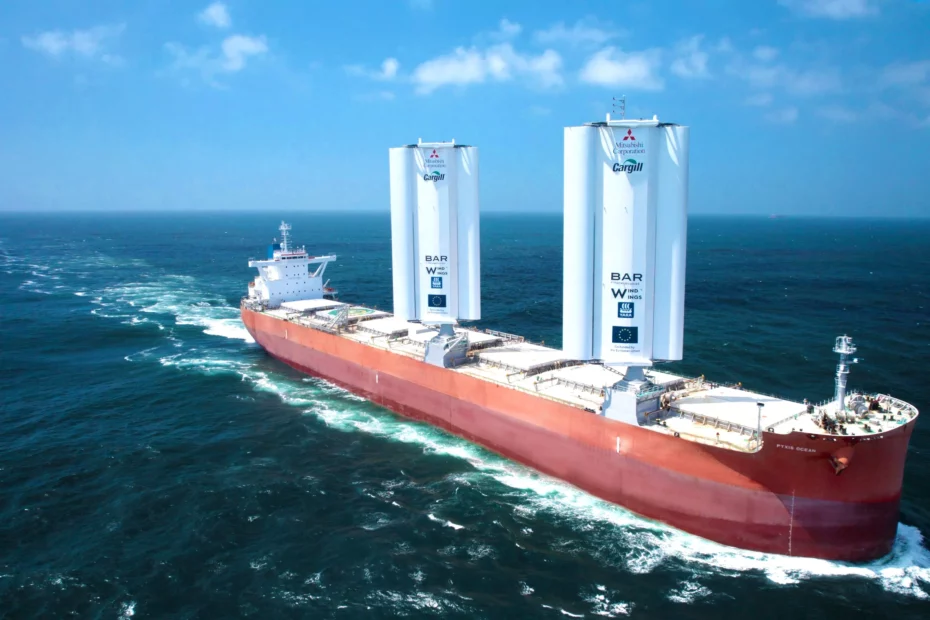International shipping is responsible for 1 billion tonnes of greenhouse gas emissions every year. If it were a country, the industry would be the sixth biggest polluter on the planet, wedged between Germany and Japan in the global ranking.
Despite the gigantic greenhouse gas footprint, ships have long enjoyed a relative obscurity when it comes to climate action, wrecking damage “only” far away at sea.
Luckily, this is slowly changing.
In 2021, the EU introduced the world’s first regional climate laws for shipping, by making ships calling at EU ports pay for their emissions (EU ETS) and by mandating the use of greener fuels (Fuel EU Maritime). The UN’s International Maritime Organization (IMO) also adopted stricter climate targets for shipping in the summer of 2023, committing the sector to cut emissions by 30% by 2030 and by 80% by 2040, in order to reach zero by 2050. Obliged to comply with these regulations, shipping companies are slowly shifting away from fossil fuels.
But in the face of a rapidly heating planet, governments and the industry must take more urgent action!
Government action
1. Driving investments in green energy
Mandating by law a greater use of zero-emission fuels and technologies in shipping, such as green hydrogen fuels and modern wind technologies, requires companies to seek these alternatives and pushes out the use of fossil fuels. Learn more about how the green fuels mandate/standard works in the EU here.
2. Making polluters pay
Making shipping companies pay for the pollution from their dirty ships makes fossil fuels more expensive, and helps close the existing price gap with clean energy. It is also means of ensuring climate justice, by generating massive revenues to be invested in supporting vulnerable developing countries. This can be achieved through a global levy at the UN, as well as by including shipping in national carbon markets, similar to the EU.
Industry action
1. Investing in green energy
Shipping companies must finally take own responsibility for their off-the-hook destruction of our planet, and invest their billion-dollar profits in clean energy, such as:
- Modern wind technologies
- Green hydrogen fuels
- Electric batteries
We all know that this is both technologically and financially doable.
A recent study estimates that just by using wind technology and at least 5% of green hydrogen fuels by 2030, the industry could cut emissions by nearly A HALF within this crucial decade.
For this to actually happen, it will take pressure from all of us to hold shipping companies ACCOUNTABLE and demand they INVEST in scaling up these solutions.
2. Slowing ships down
Reducing speeds dramatically reduces shipping’s environmental impacts: air pollution, greenhouse gases, underwater noise, even the number of collisions with whales.
Mandatory speed limits for all ships globally, via the IMO, is a policy already supported by the American Bureau of Shipping, 120 shipping companies, and many environmental NGOs.
(Explainer: speed reduction is successful at cutting CO2 emissions because there’s an exponential relationship between ship speed and fuel consumption. Just like if you drive your car at 50mph rather than 80mph you’ll burn less fuel and emit less CO2 while travelling the same distance.)
